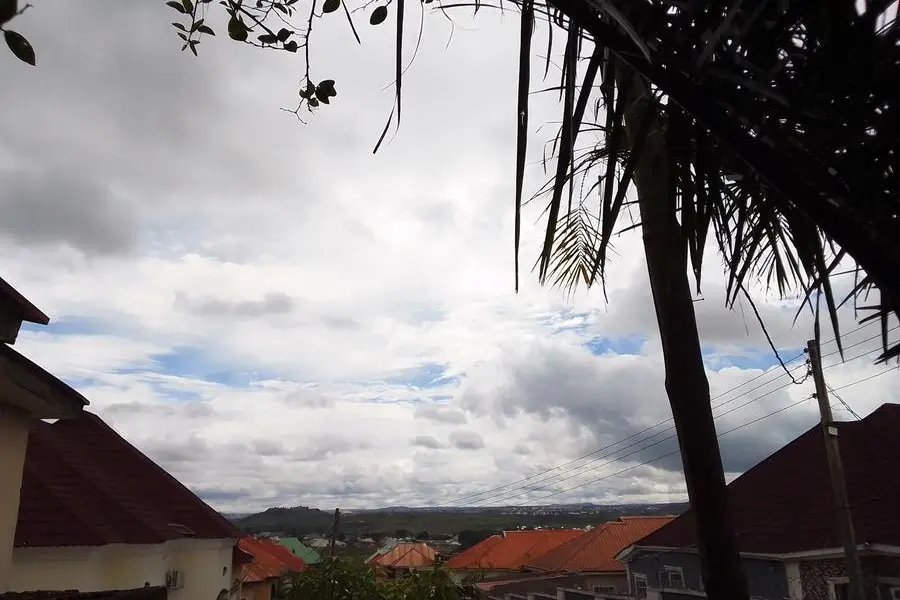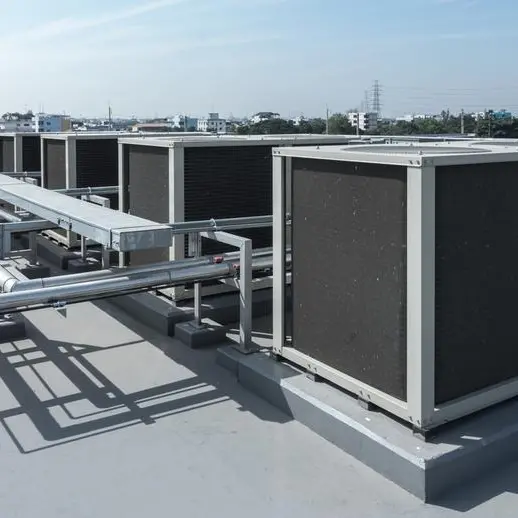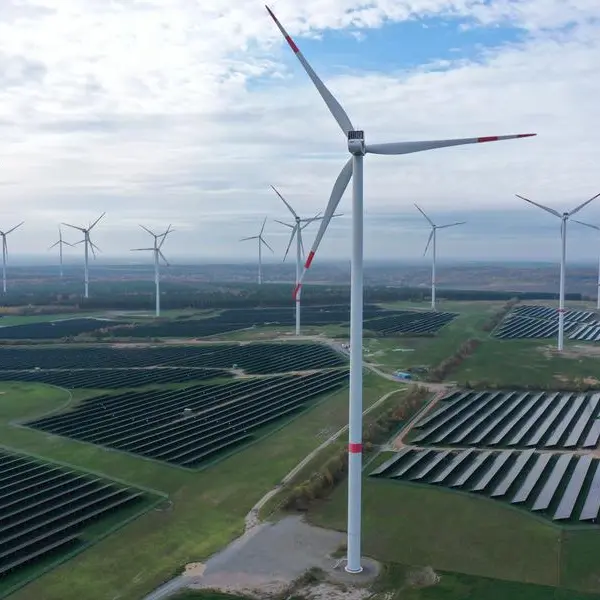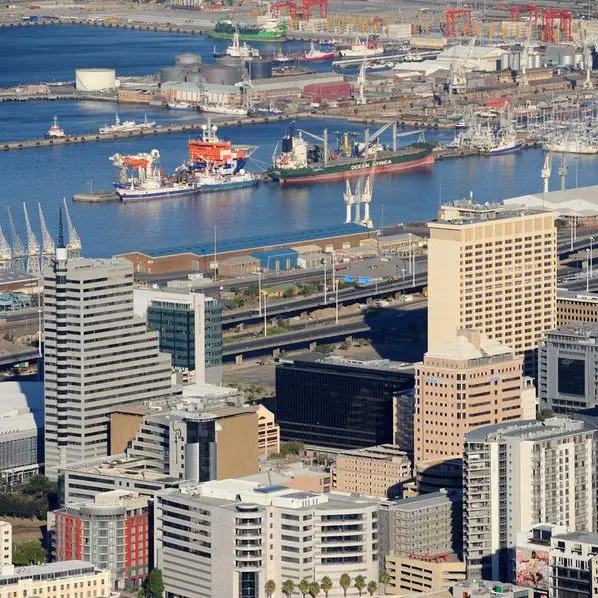PHOTO
Commissioner Tokunbo Wahab, who oversees Environment and Water Resources in Lagos State, made a crucial announcement about the upcoming rainfall forecast for 2024.
Addressing the public during a press conference on March 26, 2024, he revealed that the state would experience an unusual precipitation pattern, with a predicted total of 1936.2 mm of rainfall.
Standing alongside Mr. Mahmood Adegbite from the Ministry of Environment, Wahab emphasized the significance of the 2024 Seasonal Climate Predictions (SCP) and its socio-economic implications for Lagos.
Related PostsLagos: Court remands two businessmen for alleged conspiracyEx-Osun military gov, Ajiborisha, joins struggle for rebirth of LagosFirst Bank Launches Fourth Digital Xperience Centre in Lagos for Improved Service Delivery
He disclosed that the projected average annual rainfall for the year, 1936.2 mm, exceeded the long-term average of 1721.48 mm. The rainfall season was expected to commence in the first week of April, tapering off by the first week of December.
“The average annual rainfall predicted for 2024 was 1936.2 mm, which was greater than the long-term average of 1721.48 mm, with the onset date expected to be the first week of April and ceasing in the first week of December.”
Breaking down the forecast for various regions within Lagos, Wahab provided specific onset and cessation dates along with anticipated annual rainfall amounts. For instance:
”Ikeja was slated to experience rainfall starting on April 4 and ending on December 4, with an estimated annual rainfall of 1900 mm.
Badagry would have a rainfall onset date of April 1 and cessation date of December 5, resulting in an annual amount of 1978 mm.
Ikorodu was expected to have a rainfall onset date of April 4 and cessation date of December 4, totaling an annual amount of 1903 mm.
Lagos Island would have a rainfall onset date of April 3, cessation date of December 4, and an annual amount of 1936 mm.
Epe was expected to have a rainfall onset date of April 2, cessation date of December 5, and an annual amount of 1952 mm.”
Highlighting the seasonal pattern, Wahab noted an anticipation of below-normal rainfall during the initial phase of the rainy season, followed by a transition to normal to above-normal rainfall in the latter half.
He underscored the collaborative effort between the Ministry and the Nigerian Meteorological Agency (NiMet) in providing vital weather forecasts and early warnings to stakeholders, including farmers, decision-makers, and business operators.
ALSO READ:Lagos to experience more than normal rainfall in 2024 – Commisioner
To enhance preparedness and mitigate potential risks, Wahab outlined governmental initiatives such as the maintenance of weather and river gauge stations, ongoing drainage maintenance programs, and strategic partnerships with agencies like the Ogun-Oshun River Basin Authority.
The Commissioner reassured the public of the state’s commitment to implementing robust flood control measures and strengthening the Flood Early Warning Systems (FEWS) to ensure timely responses to flood-related emergencies.
In anticipation of possible flooding in low-lying areas, Wahab emphasized the importance of proactive measures, including continuous monitoring of river levels and bolstering emergency response mechanisms.
He urged residents residing along flood plains to remain vigilant and prepared for relocation to higher grounds if necessary. Additionally, he assured the availability of drainage engineers across all local government areas to address drainage-related issues promptly, both during and after the rainy season.
Copyright © 2022 Nigerian Tribune Provided by SyndiGate Media Inc. (Syndigate.info).












